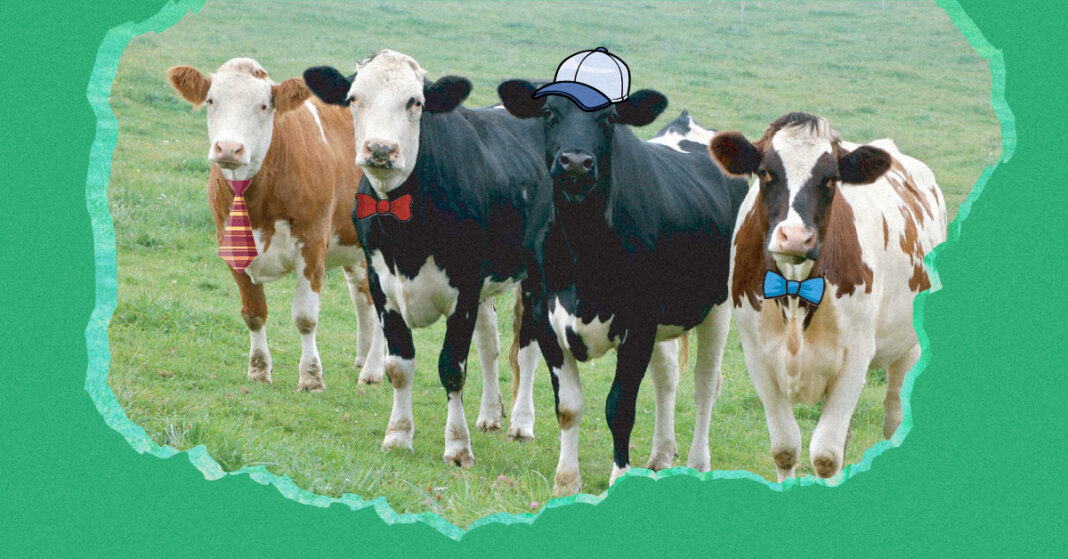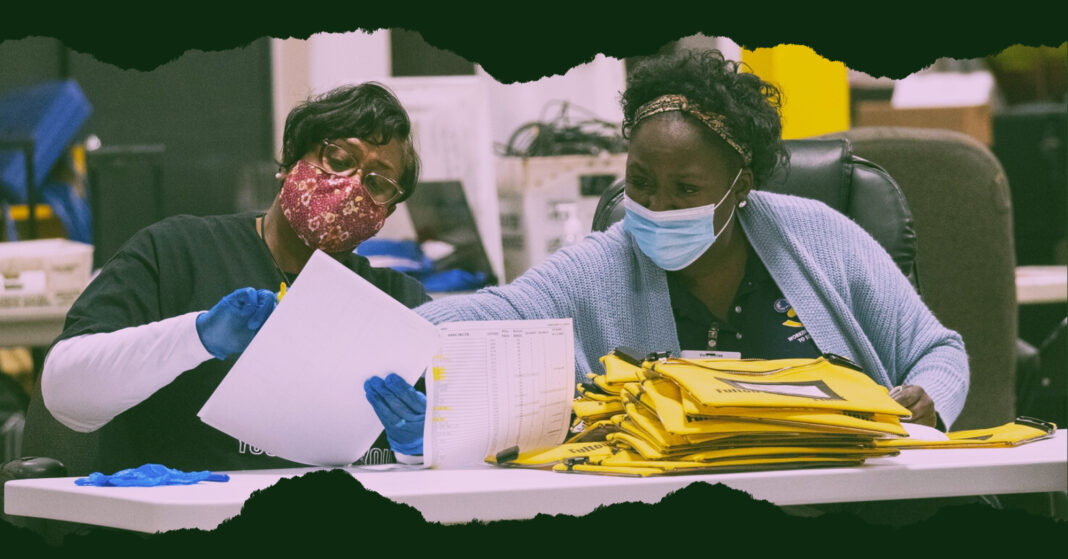Predator animals target more vulnerable members of animal herds. Such prey animals have developed behavior to hide the fact they may be injured. Cattle are among these species.
Beyond the obvious ethical issues, there are good reasons to keep your herd healthy.
“Well-taken-care-of animals perform better,” Dr. Jenna Funk, a clinical assistant professor and beef cattle veterinarian at the Texas A&M College of Veterinary Medicine and Biomedical Sciences’ Veterinary Education, Research and Outreach campus. “Controlling pain will increase production and help make the animal more efficient, which, in turn, is more profitable for the producer.”
What are some signs my herd may be in pain?
“When pain reaches the threshold where it starts affecting behavior, one of the first signs will be reduced feed intake,” Funk said. “If it hurts to move, they will be reluctant to move. Cattle will also grind their teeth when they are uncomfortable; you can hear it when they grind them hard enough.”
You might also see cattle limp to avoid placing weight on an injured leg or tuck their bellies up if they suffer from abdominal pain.
There are many treatment options for pain. NSAIDs (non-steroidal anti-inflammatory drugs) are the most common and come in several delivery methods: injection, oral pills, or a liquid applied to the skin.
“Steroids can also be used for pain management in short-term situations,” Funk said. “While long-term use of steroids is not recommended because of the negative impacts they can have on the immune system, short courses can be very effective at reducing swelling and relieving pain.”
The Columbia Basin Herald also recommends several non-medication procedures as potential options, like “acupuncture and chiropractic manipulation by licensed practitioners.”
“Pain associated with the feet can often be managed with corrective foot trimming,” Funk said. “Making sure that all four feet have proper confirmation (structure and alignment) will allow the animal to evenly distribute their weight and reduce the chances of secondary musculoskeletal injury from favoring a painful or misshapen foot.”
However, the best practice is to provide a clean and safe environment for cattle.
“Move slow and never surprise cattle. This will reduce the likelihood of cattle running and pushing each other, which can lead to injury,” Funk said. “In addition, animals recovering from injury should be kept on solid, surefooted ground and with only a few herd mates to prevent potential re-injury from shoving and pushing.”
Your herd will appreciate the effort.








